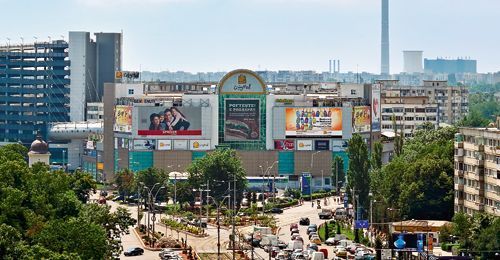DeadMalls.com is a website dedicated to shopping centres that have “ceased to be” in the United States. It details the history of such ex-malls: from the cradle to the retail grave. Some were closed down due to the bankruptcy of their owner; others were simply ill-conceived in the first place, while others were left adrift when abandoned by their anchor tenants. We can come across some rather similar cases when reading about the Romanian retail market. In H1 2013 several companies declared their insolvency: BelRom’s subsidiaries that owned three shopping centres in Craiova, Focşani and Bacäu, and Omnium Invest, which did not manage to finish the construction of its shopping centre in Focşani. The retail parks owned by BelRom have been put up for sale – as has the Armonia shopping centre in Brăila after its investor, RedManagement Capital, went bankrupt. The mall is still waiting for a buyer after several attempts to auction it.Closing down a retail centr































































